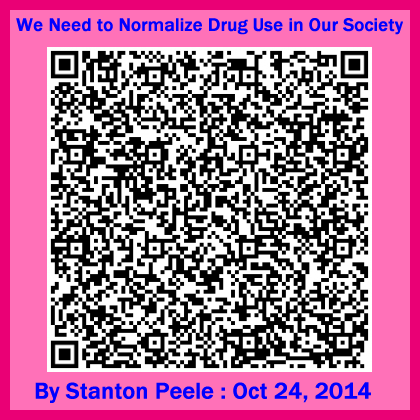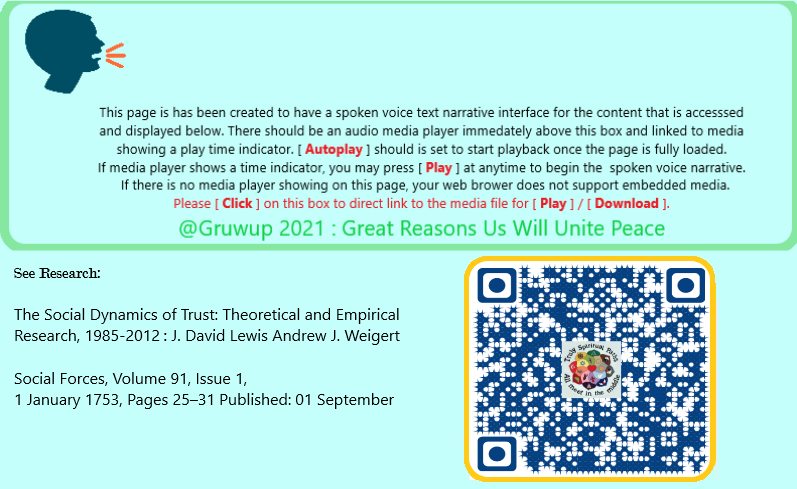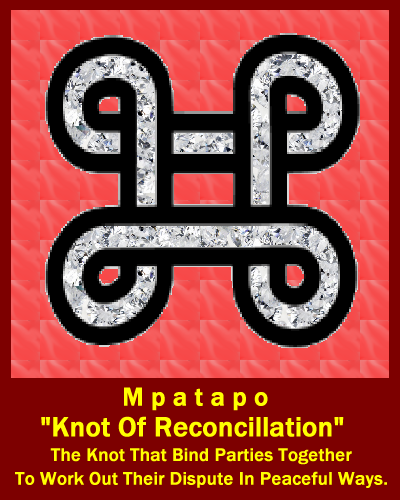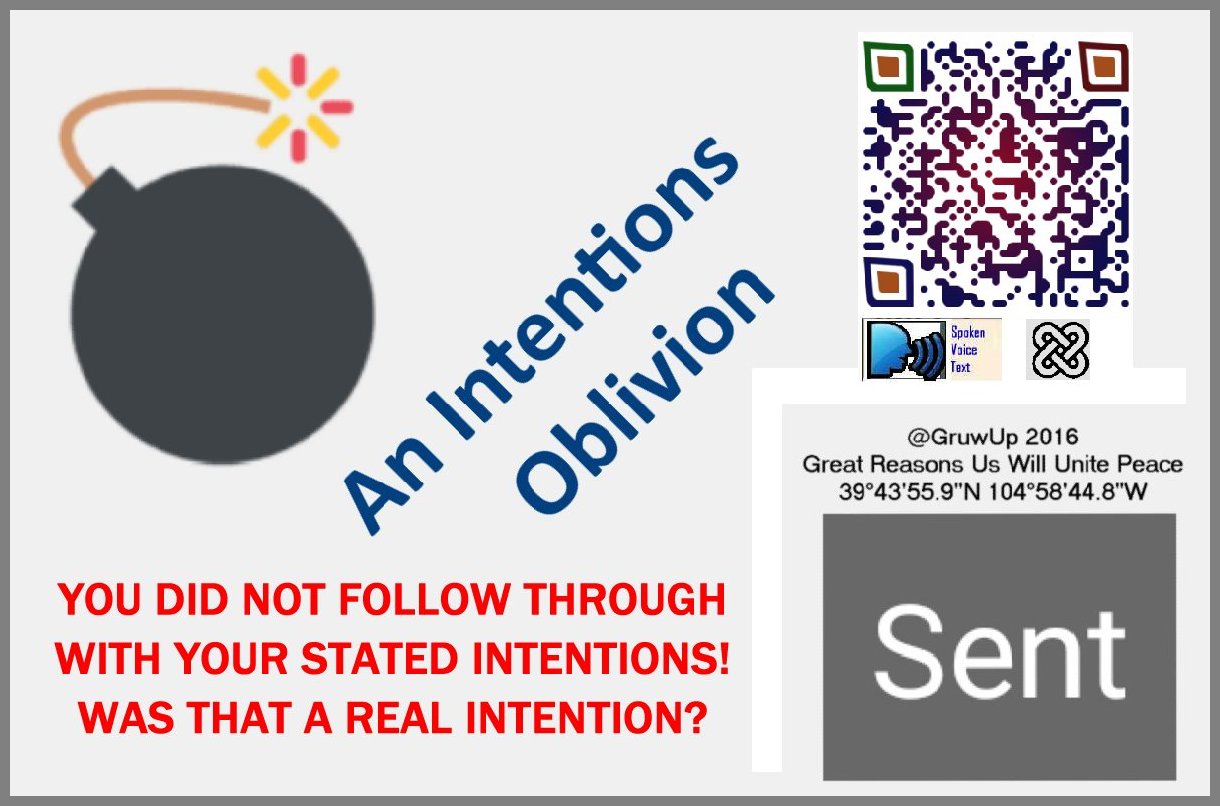After
the disastrous misconceptions of the 20th century, we're returning to
the idea that drugs are an ordinary part of life experience and no more
cause addiction than do other behaviors. This is rational and welcome.
Stanton Peele
Oct 24, 2014
Drug
use was never considered to be in a special category of human
experience until we medicalized addiction—and that idea has been
disastrous. Drugs are now returning to their life-sized status as part
of the range of normal human behaviors. And they are ubiquitous. Realism
about drugs and addiction must dictate drug policy.
HOW WE DISCOVERED, THEN REJECTED, ADDICTION
There
is a myth that narcotics cause addiction, a myth created early in the
20th century. Yet both Americans and Brits used copious amounts of
opiates in the 19th century—think laudanum, a tinctured opiate, given
lavishly to infants and children—without any thought that they caused
addiction.
How was it that people so familiar with the use of
opiates were so unfamiliar with addiction to them? According to social
historian Virginia Berridge, in Opium and the People, despite the
liberal dosing of much of the British population with opium and then
morphine, “There is little evidence that there were large numbers of
morphine addicts in the late nineteenth century.”
But then, at
the turn of the century, we made the brilliant discovery that narcotics
caused a unique, irresistible, pathologic medical syndrome. As Berridge
says: “Morphine use and the problem, as medically defined, of hypodermic
self-administration were closely connected with the medical elaboration
of a disease view of addiction.”
And so, by the 1960s, when many
drugs burst on to the American scene, pharmacologists constructed lists
of drugs and their dangers. These lists had two columns—drugs that
cause addiction (or physical dependence), and those that merely cause
psychological (“psychic”) dependence:
Only one class of drug was
regarded by pharmacologists as truly addictive (aside from alcohol,
which was categorized, and regarded, quite separately): narcotics.
Nothing else produced physical dependence. So, after hundreds of years
of the use of cocaine and marijuana, these experts were sure, neither
was addictive. Nor did modern synthesized drugs, like amphetamines, have
dangerous and addictive effects comparable to those of narcotics, they
felt. And cigarettes are not even included in the table.
But
today’s drug experts—like those who created the 2013 edition of
psychiatry’s diagnostic manual, DSM-5—don’t think that way. There aren’t
addictive drugs and drugs that cause psychological dependence. In fact,
the DSM-5 doesn’t use the terms “addiction” and “dependence” at all
when classifying substance use disorders (SUDs).
Instead, the DSM
recognizes 10 classes of drugs: alcohol, caffeine, cannabis, two types
of hallucinogens, inhalants, opioids, sedatives, hypnotics, anxiolytics,
stimulants (combining amphetamines and cocaine), tobacco, and an
“other” category. All are divided into having “mild,” “moderate,” or
“severe” categories of disorder.
And where did addiction, a term
everyone knows, disappear to? Now no drug is notable as being
“addictive.” Instead, any drug use may be more or less dysfunctional.
Addiction
is no longer a specific property of drugs. Indeed, the DSM-5 uses the
word “addiction” only in one place: “behavioral addictions.” And so far
the DSM has found only one such addiction: compulsive gambling. Of
course, American psychiatry is likely to find that more things are
addictive. For starters, the DSM is pondering whether “persistent and
recurrent use of Internet games, and a preoccupation with them” may
constitute addiction.
What about food, sex, love, shopping?
Doesn’t anyone get addicted to them, or to other things? Of course they
do—and everyone not behind the DSM-5 knows it.
American
pharmacology and psychiatry have backed themselves into a corner. In the
old field of pharmacology, substances with widely divergent effects
(heroin, LSD, marijuana, alcohol) were seen as so different that they
were placed in different classes. But now in the DSM-5, since the
concern is potential for misuse, all drugs are lumped together, with
gambling et al. thrown in on top.
Pharmacology and psychiatry
view any drug as being potentially harmful or addictive. But, in doing
so, we are not having a pharmacological discussion.
REVERSING AMERICA'S BIOLOGICAL DEAD END
So we are emerging, begrudgingly, from misconceiving addiction.
Recognizing
addiction outside the boundaries of pharmacology requires a monumental
change in our thinking—even though it is merely a return to common usage
from the 19th century and earlier, when “addiction” meant excessive
devotion to something and was commonly applied across the range of human
activities.
But modern American medicine is forced to arrive at
this ancient position by a circuitous route. In 2013, in order to say
gambling was addictive, the DSM-5 authors had to explain how gambling
implicates—in the words of Charles O’Brien, head of that section—the
same “brain and neurological reward system” as drugs. (But wait a
second: Drugs aren’t called addictive in the DSM-5.)
As I
indicate with Ilse Thompson in Recover!, to say that the brain responds
to rewarding stimuli (think of sex, or watching a baby smile, or the
taste of good food) is to state the obvious. But addiction doesn’t occur
because things impact brain reward systems; it occurs in terms of
people’s lived experience. The DSM’s characterization of substance
disorders due to experienced problems is sensible, even obligatory—the
only way we could go.
What is slowly dawning on pharmacology and
psychiatry is that things aren’t addictive. As Ilse and I write, “Some
people, at some point in their lives, for either shorter or longer
periods, lose themselves in temporarily rewarding, powerful experiences,
harming themselves.” This is addiction. And it doesn’t lead to lists of
addictive and non-addictive stuff.
Deciding that gambling and
other involvements can be addictive recognizes what Archie Brodsky and I
wrote in Love and Addiction back in 1975:
If
addiction is now known not to be primarily a matter of drug chemistry or
body chemistry, and if we therefore have to broaden our conception of
dependency-creating objects to include a wider range of drugs, then why
stop with drugs? Why not look at the whole range of things, activities,
and even people to which we can and do become addicted? We must, in
fact, do this if addiction is to be made a viable concept once again.
HEROIN AND PAINKILLERS: A CASE IN POINT
That
most heroin users don’t get addicted and that most heroin addicts quit
their addictions and don’t die from heroin is so hard for people to
stomach that these ideas must be presented gingerly. But these myths
must be decisively refuted, since they underlie our crazy drug policy.
There
is nothing about heroin that guarantees it will be more perpetually
used than other substances, or engaged in more regularly than other
activities. Comparing the lifetime use figures for heroin (2.6 percent)
with current problematic users/addicts (0.1 percent) in the 2012
National Survey of Drug Use and Health, we find that four percent of
those who have ever used heroin are currently addicted.
This
percentage of those who currently have problems with or are addicted to
heroin, versus the number who have used it, is far less than the
comparable numbers for cigarettes and alcohol (which are included in the
National Survey), and for love and potato chips (which are not). This
is true even though only a very small percentage receive treatment.
The
drop-off in heroin use/addiction is due both to the number of heroin
users who don’t become addicted in the first place, and to those who
quit their addictions (Norman Zinberg and Patrick Biernacki are two
brave souls who first revealed these truths).
Most of us—fed by
the media—still regard heroin as the paragon of addiction. But something
is finally beginning to detract from heroin’s singular status.
Americans
use a lot of painkillers, either because painkillers have always been
popular throughout history, because Americans are especially frightened
of pain, or because they are now so easy to obtain.
Most of us
use painkillers reasonably, to address moments or periods of pain. But
others do find them to be addictive; the elimination of pain is an
appealing motivation.
And analgesic addiction has ceased being a
tale about heroin—as much as the media and the public retain this view.
As the Centers for Disease Control and Prevention informed us back in
2011:
Deaths from prescription painkillers
(e.g., Vicodin, OxyContin) have reached epidemic levels in the past
decade. The number of overdose deaths is now greater than those of
deaths from heroin and cocaine combined....
Enough prescription painkillers were prescribed in 2010 to medicate
every American adult around-the-clock for a month. Although most of
these pills were prescribed for a medical purpose, many ended up in the
hands of people who misused or abused them.
Although more men
than women die due to painkillers, nonetheless, according to the CDC,
painkillers currently kill more women than cervical cancer and homicide
do. And, for every such death, 30 women end up in emergency rooms.
Although heroin use and deaths are increasing—due to enhanced
restrictions on narcotic painkillers—fatal prescription drug overdoses
are still much more common than heroin deaths.
Ours is a
19th-century environment in terms of the accessibility of narcotic
painkillers, only we use pills instead of laudanum and morphine. While
it was once people who obtained the pills illicitly (per the CDC quote)
who died from them, most deaths are now associated with filling multiple
prescriptions, even though individually the prescriptions might be
legitimately obtained.
Pharmaceuticals are more likely than
heroin to lead to overdose deaths because they are more likely to be
combined with other drugs, including alcohol. And it is such drug
combinations that cause 90-plus percent of overdose deaths. So
perpetually focusing on heroin overdoses, as the New York Times and
other media do, simply takes our eye off the ball.
THE DRUG CORNUCOPIA FOR THE 21ST CENTURY
The
situation with painkillers is a microcosm of drug use in America.
Whatever their dangers, we’re not going to eliminate pharmaceutical
painkillers, and no one says we should. They have a beneficial purpose
that everyone appreciates.
We use many other drugs for similarly
practical reasons. But sometimes their use leads to negative
consequences. And someone has to tell America, “Deal with it!”
We
must deal with drug use as a normal part of human experience, wrongly
placed in some other category in the 20th and 21st centuries by
political, legal, economic, and social forces. We can’t do without
psychoactive drugs—and we seem less inclined to all the time—but we
haven’t come to grips with what this says about us, about drugs, and
about drug policy.
Despite our irrational fears, illicit
substances are well on their way to being legalized, starting with
marijuana here and in Latin America, and the decriminalization of all
drugs in Portugal, among other developments around the world.
Meanwhile
our use of legally available substances—like alcohol, tobacco, and
coffee—has varied over time, but will not disappear and will always be
substantial. (Do you think nicotine is more addictive than caffeine? I
don’t.)
Let’s return to pharmaceuticals. We are a medicated
society. The use of prescribed mind-altering substances (painkillers,
antipsychotics, antidepressants)—is increasing exponentially, and at
earlier ages. These drugs and others are commonly prescribed for kids
for ADHD and bipolar disorder (the specialties of boys and male
adolescents and girl adolescents respectively). Such drug use is a
cornerstone of everyday American life.
The drugs prescribed to
support our and our children’s mental health will only become more
prevalent, judging by their skyrocketing use over the last three
decades. In the case of pharmaceuticals, I (along with many others)
think we are going overboard. Nonetheless, for better or worse,
Americans must learn how to deal with these medications.
And
then, there are performance enhancing drugs (PEDs). Who would endanger
their health (as we are told these drugs do) in order to become sports
heroes and to make multi-millions of dollars? Everyone from Ben Johnson,
the Canadian Olympic gold medalist, to Lance Armstrong, to several top
baseball stars—and those are only the ones who have been caught.
We
may pretend that we can eliminate PEDs. But if they help top-flight
athletes to excel and others to join their elite circle, they will
always be popular. And PEDs are not just for world-class athletes—they
are present wherever they are seen to improve people’s chances to get
ahead in life, including kids in high school and college trying to
achieve better grades with Adderall, Ritalin, etc.
CONCLUSIONS
America
and the world have become an open drug marketplace. This was the case
for most of human history, only people didn’t have the instant access to
so many substances that they do now. Think, in this context, of the
Internet—for which Silk Road is just the tip of the iceberg. This trend
cannot be reversed. We must deal with it.
And how can we deal
with it? Demonizing drugs that many people want to use—e.g.,
designer/club drugs, alcohol, heroin, LSD, PEDs—makes no sense, and is
not an appropriate role for public health. All drugs should be legal,
with appropriate controls (as with alcohol, including age, driving,
places and times for purchase and consumption, and taxation) and medical
supervision (prescriptions).
But, underlying any successful
cultural coping strategy, people need to be raised with, and educated
into, “substance intelligence”—that is, the self-awareness, knowledge of
drugs, and skills for managing substance use. They won’t be able to
function in the new world without such intelligence.
This is the 21st century on drugs.
This
post originally appeared on Substance, a Pacific Standard partner site,
as “We Need to Normalize Drug Use in Our Society—Deal With It!”
Tags
ProPublica
By
Stanton Peele












